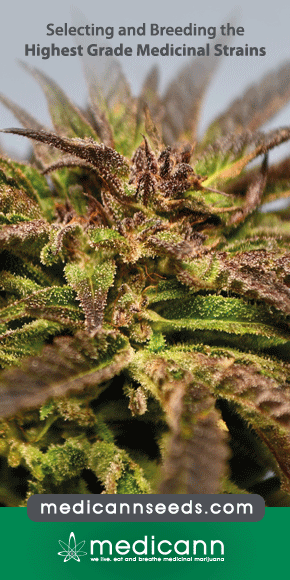Cannabis use in cancer: a survey of the current state at BC Cancer before recreational legalization in Canada
Cancer patients experience multiple symptoms throughout their illness, and some report benefit from the use of cannabis. There are concerns that many patients are accessing products inappropriate for their situation and potentially putting themselves at risk. Many more patients would consider use with appropriate guidance from a health care professional. More research is needed to inform physicians and patients about safe uses and doses and about the potential adverse effects of cannabis use.


